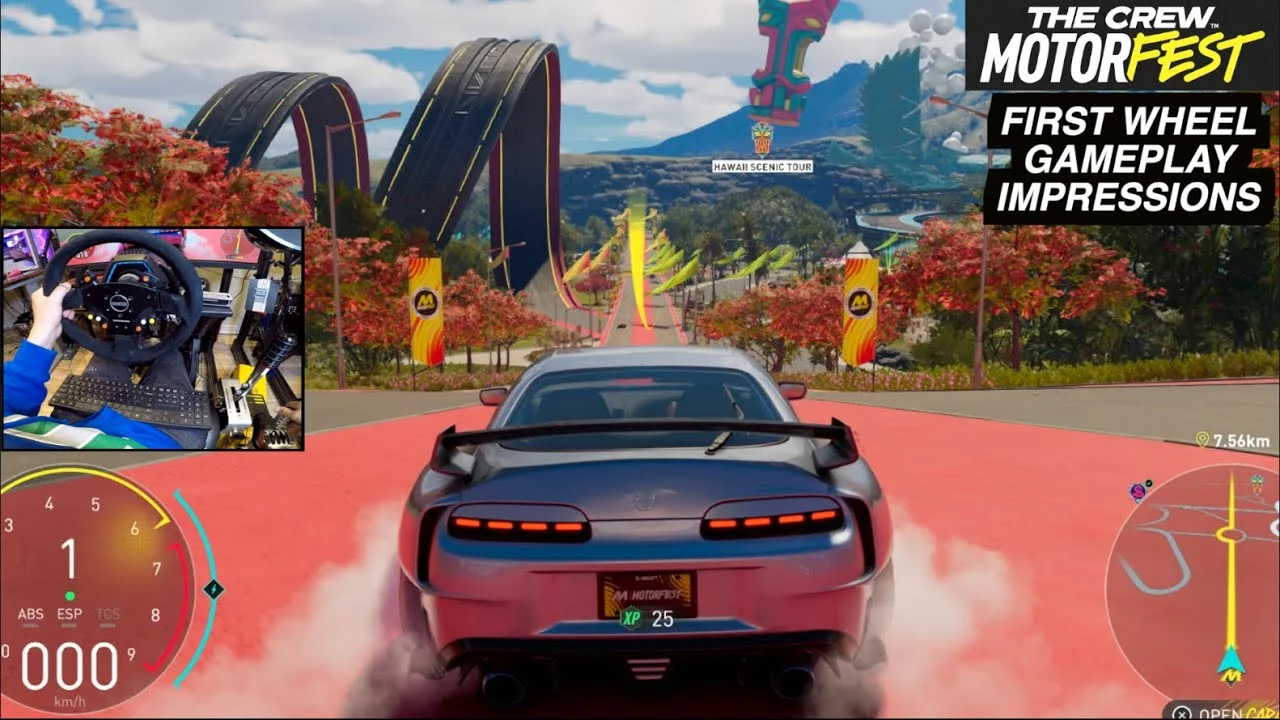Realism in Gaming: Do Racing Games Really Feel Like the Real Thing?
Ever wondered why some racing games make you feel like you're actually on a track while others feel like a cartoon? The secret lies in how closely developers copy real‑world physics, car behavior, and visual detail. Below we break down the key ingredients that turn a good racing game into a believable experience.
Physics and Handling: The Heartbeat of Realism
First up, physics. A game that gets tire grip, weight transfer, and suspension right can make a simple corner feel intense. Titles like Gran Turismo and Forza Motorsport invest heavily in tire models that change grip based on temperature, wear, and track surface. That means a wet lap feels slick, while a fresh set of tires gives you that bite you expect on dry asphalt.
Developers also simulate aerodynamics. In F1 2020, downforce ramps up as you hit higher speeds, pulling the car down and letting you corner faster. If you’ve ever tried an arcade racer with no downforce, you’ll notice the difference instantly – the car just slides off the apex.
Another detail is gear shifting. Manual transmission games let you rev the engine and hear the distinct sound of a clutch bite. When you nail a perfect shift, the car surges forward, mimicking the thrill of a real pit‑lane launch.
Graphics, Tracks, and Sound: The Sensory Punch
Next, look at graphics. High‑resolution textures, realistic lighting, and accurate track layouts pull you into the world. Assetto Corsa recreates famous circuits down to the curb height, while Project CARS adds weather that changes track grip minute by minute. The more a game mirrors the real circuit, the easier it is for fans to spot the differences between a virtual lap and a real one.
Sound design is often overlooked, but it matters. Engine notes that pitch up as you rev, tire squeal when you lock up, and ambient crowd noise all contribute to immersion. When you hear a turbo whistle that matches the car you’re driving, you instantly feel more connected.
Finally, some games let you customize the experience. If you prefer a realistic feel, turn on options like tire wear, fuel consumption, and realistic damage. If you just want a quick thrill, dial those down. The flexibility ensures both casual players and hardcore sim fans get what they need.
So, does realism make a game better? In most cases, yes – it adds depth, challenge, and a sense of achievement when you finally master a tricky corner. But the best titles balance realism with fun, letting you enjoy the race without getting bogged down in too many details.
Next time you pick up a controller, think about what realism means to you. Are you chasing the perfect lap time on a virtual Nürburgring, or just looking for a fast‑paced arcade rush? Knowing the difference helps you choose the right game and get the most out of every race.



